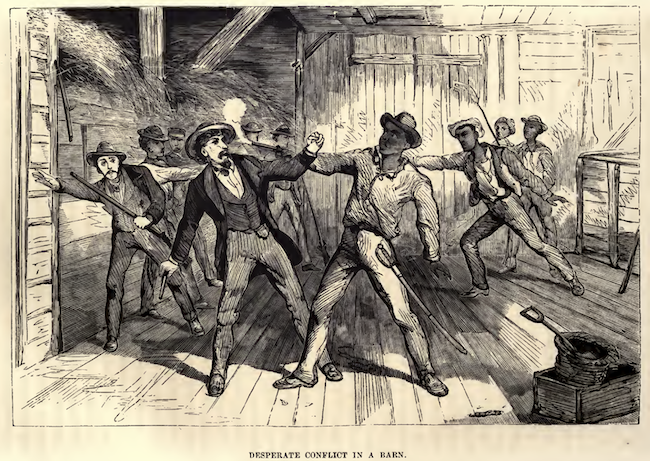
Enslaved people found their way on the Underground Railroad through a combination of courage, determination, and assistance from a network of sympathetic individuals. Here's how they navigated this perilous journey to freedom:
- Word of Mouth and Rumors: Enslaved individuals often heard about the Underground Railroad through word of mouth or from trusted sources. They might hear stories of successful escapes or receive information about people who could help them.
- Secretive Networks: The Underground Railroad was a clandestine network of safe houses, known as "stations," operated by conductors. These conductors were brave individuals who were committed to helping enslaved people escape to freedom. They provided shelter, food, and guidance along the way.
- Followed the North Star: Many escaping slaves were aware of the North Star, which always pointed north. It served as a natural compass, guiding them in the direction of freedom in the northern states and Canada.
- Quilt Codes (Possibly): While the use of quilts as signals on the Underground Railroad is debated among historians, it is believed by some that certain quilt patterns and designs held hidden meanings. These patterns may have provided additional guidance to those seeking freedom.
- Knowledgeable Guides: Some enslaved individuals were fortunate enough to encounter guides who were familiar with the terrain, routes, and safe houses along the way. These guides, often free African Americans or sympathetic whites, played a crucial role in helping enslaved people navigate the journey.
- Traveling at Night: Escaping under the cover of darkness provided some level of concealment. Enslaved individuals would often travel at night to minimize the risk of being seen.
- Avoiding Main Roads: To reduce the chance of encountering slave catchers or patrols, escaping slaves typically avoided main roads and traveled through wooded areas or less frequented paths.
- Using Waterways: Rivers and streams sometimes provided a means of travel. Enslaved individuals might follow waterways, which also offered a natural barrier for scent-tracking dogs.
- Safe Houses and Stations: As they journeyed northward, escaping slaves relied on the network of safe houses and stations. These were homes or hiding places where they could find rest, shelter, and provisions. Conductors at these stations would provide further guidance and support.
- Vigilance and Caution: Escaping slaves had to be extremely cautious, always on the lookout for danger. They needed to trust their guides and exercise patience and resilience throughout the journey.
It's important to recognize the immense bravery and resourcefulness of those who undertook this dangerous journey to freedom. The Underground Railroad was a testament to the strength of the human spirit and the collective efforts of those who fought against the injustice of slavery.

